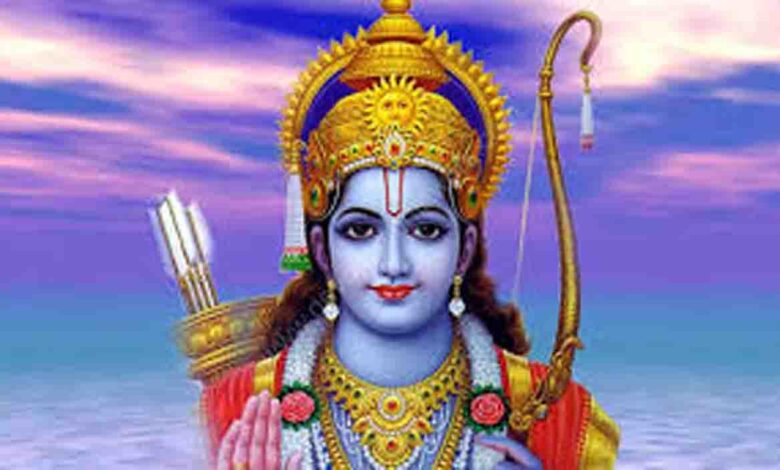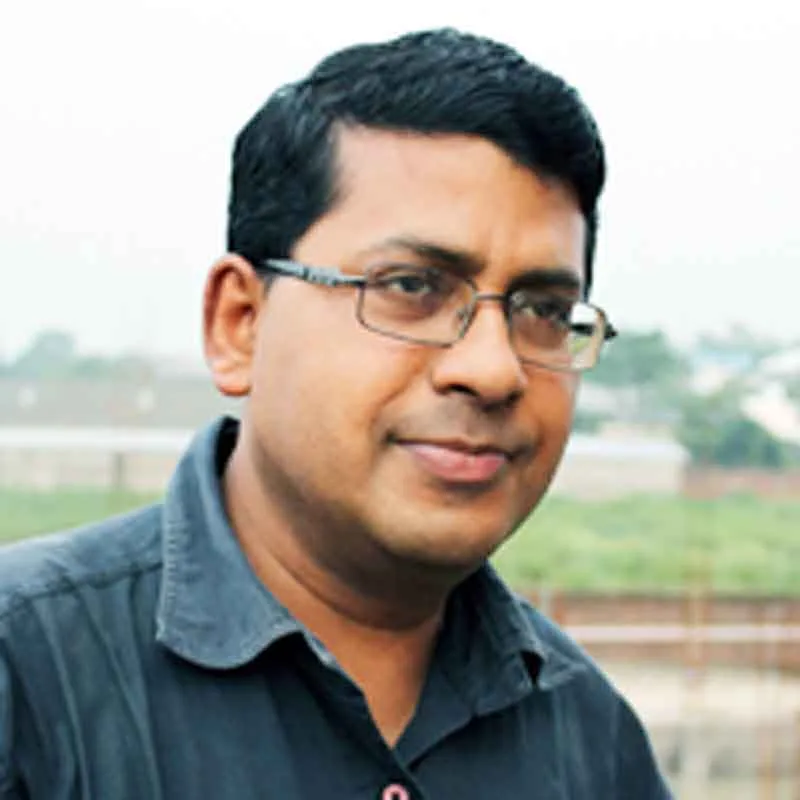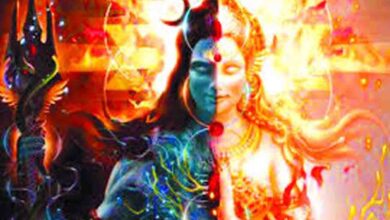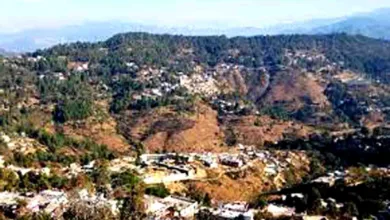Sceptical Bengal, Sanatani Bengal

VIEWPOINT
 Romit Bagchi
Romit Bagchi
A few days ago, someone close to me sent me a well-written treatise on why the Bengali intelligentsia remains untainted by the Hindutva blitzkrieg augmented by the Ram Mandir triumphalism. Before explaining the Bengali elite’s ‘glorious’ insularity from the North India-steered religious fanaticism going under Sanatan Dharma, he expounded why Pandit Jawaharlal Nehru feared the Hindu fundamentalism more than the Communist doctrinalism, given the frighteningly high rate of illiteracy in India in his time.
Nehru wrote in 1948 in the aftermath of Mahatma Gandhi’s assassination that the Communists were a lesser evil than the Hindu fundamentalists because people accepted Communism following intellectual churn whereas the mass, bereft of the power to intellectually discriminate, gulped fundamentalism which inevitably stirred up a blind energy that swamped the collective life with blind passion to devour all that is not in line with it.
Those who have studied Nehru say that to combat the ascendant majoritarianism masquerading as nationalism in partitioned India, he followed a strategy of setting into motion a State-sponsored project of secular pedagogy with the help of the left-leaning intelligentsia. As part of this strategy, the army of the State-backed intelligentsia unleashed an ideological campaign to fortify the idea of secularism through erecting an elaborate superstructure of discourse. They permeated the premier cultural institutions, especially in media, and entrenched themselves in top posts to control these institutions. It is thanks to this army of intelligentsia that the notion of secularism came to be invested with a veneer of prestige with those opposing this ideological superstructure dismissed as dimwits.
But the Bengali intelligentsia’s abhorrence for the ‘obscurantist’ Sanatani tenets is supposed to have preceded the Nehruvians’ ideological campaign for secularism. My friend from Kolkata who sought to enlighten me on why the argumentative, illumined Bengal scorns the north India-led Sanatani mumbo jumbo wrote that intellectual Bengal’s aloofness started at least 200 years before the advent of the Nehruvian regime when the intellectual giants strove to rid the society of the evils inherent in the Sanatani culture by tearing down the chauvinistic and casteist walls to let the light of the rationalistic Western culture to permeate the life here that remained mired in meaningless ritualistic idiocy.
He averred with decisive depreciation that the Bengali intelligentsia looks down upon a Bengali- even though he is a scholar himself with radiant academic accomplishment- who professes unapologetic fidelity to the Sanatani culture as a halfwit, needing enlightenment.
Reading his treatise, I felt low as though relegated to hopeless inferiority. I thought with alarm that as I have been living in Uttarakhand- hailed as the repository of the Sanatani wisdom- for close to ten years, I must have become a halfwit myself.
True, I have changed a lot under the influence of the people I have been living with, by the culture they embody. And what was left in me of the West-admiring intellectuality got completely rubbed out during the frenzied time when a Ram wave overwhelmed the whole of north India. I was overwhelmed too. I, of course, do not and cannot support much of what has been going on in the name of Lord Ram and Sanatan Dharma and yet I cannot help thinking that the long-slumbering spirit of this ancient nation has finally started to awaken.
I am thus an incorrigible halfwit but so are the millions of Bengalis who, untouched by the pedagogy of the self-confident sceptics, have remained staunch followers of Sanatan Dharma for thousands of years. They have been taking immense pains and spending their hard-earned money to come to Uttarakhand on pilgrimage, trekking through difficult terrain amidst the mountains, thronging temples, taking holy dips in Ganga and praying for wish-fulfilment and final liberation from the Karma-driven cycle of birth and death.
Ask them and they will tell that Sanatan Dharma is a not mass of self-hypnotic delusion, crazy superstitions and unsubstantial speculations but based on the rock solid truths of life- a self-search, self-purification and self-perfection, a discovery and journey towards the hidden sources of the Spirit.
Now, the question is: who represents the real Bengal- the highbrow intellectuals who take it upon themselves the task of setting the cultural tone for the bhadraloks or the ‘riffraff’ humans who been clinging to the Sanatani culture that has kept India alive and united amidst the enormous lingual and cultural diversity breathing down its neck?
Let me narrate a gripping short story titled ‘Bharatavarsha’ written by a renowned Bengali author S Wajid Ali.
The writer was a 10- year- old child when he came to Kolkata for the first time. While walking around, he stopped at a grocery on a corner of which was sitting an old man reading from a fat book. A middle aged man, attending to the customers, was coming when there was no customer and sat to listen to the reading. Three children also sat next to the old man, listening beamingly to the story with keen interest. The story narrated how Ramchandra, assisted by an army of monkeys, built a bridge across the sea to reach the island of Lanka. As the writer was summoned back home, he did not get to know whether Ramchandra ever crossed the sea. After a few days, he went back to his village.
Twenty five years later, the author came to the same place in Kolkata and stopped at the same shop. Massive changes had meanwhile occurred. Mansions came up where small houses had earlier stood; big motorcars took the place of rickshaws or horse-drawn carriages; bright electric lamps replaced the flickering gas lamps. But the old grocery remained untouched by these changes; it stood exactly as before with the same kerosene lamp he had seen 25 years ago hanging from the roof. Stupefied, he saw an old man, looking like the one he had seen 25 years ago, reading from the same fat book while a middle-aged man, resembling the one he had seen then, was now and again coming up to him to listen to the reading and going back when the customers arrived. A boy, similar to the one seen the last time, sat gazing at the old man’s glowing face.
Curiosity raging in him, the writer recounted his befuddlement on seeing the same scene seen 25 years ago to the old man. The old man told him that the old man he had seen 25 years ago was his late father and the kid was his grandson.
Pointing to the book, the writer asked the old man how old it was. A gentle smile lighting up his face, he said that the book was the Bengali translation of Ramayana written by Krittibas Ojha and purchased by his grandfather years before he was born.
The story finishes with the following lines that remain etched in the Bengali psyche: “It felt as though I had been blessed with a wonderful insight. A gleaming picture of timeless Bharatvarsa suddenly revealed itself before my eyes: the same tradition continues uninterrupted; nowhere has it changed.”






